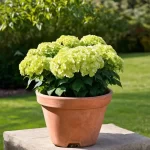Keyword: dead hydrangea plant
When you notice your hydrangea showing signs of distress, such as wilting leaves and lack of vibrant blooms, it can be alarming. The plant that was once a stunning focal point of your garden may seem like it’s on the brink of death. This article dives deep into the reasons behind a dead hydrangea plant, the signs to look for, and how to potentially revive your cherished plant back to life.
Identifying a Dead Hydrangea Plant
It’s essential to differentiate between a hydrangea that is dead versus one that is merely dormant. A truly dead hydrangea will exhibit several key signs:
- Color: The branches appear gray, brown, or black.
- Leaves: Wilting leaves that are crisp and brittle rather than viable and supple.
- Branches: Dead branches will snap easily under pressure and may show no sign of leaf buds.
| Indicators of a Dead Hydrangea Plant | Description |
|---|---|
| Color | Branches are gray, brown, or black |
| Leaves | Wilting, crisp, and brittle |
| Branches | Snap easily, no leaf buds evident |
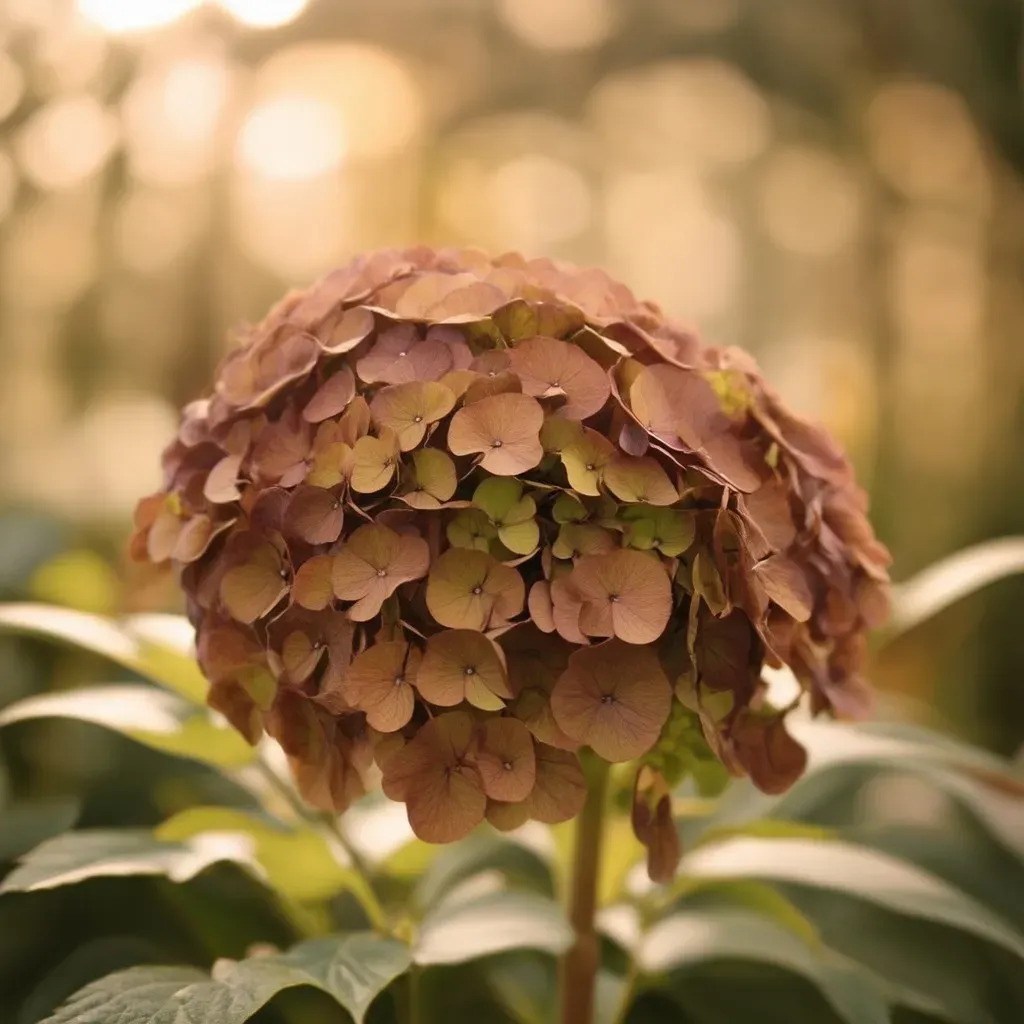
Why is My Hydrangea Dying?
Understanding the common causes of a dying hydrangea can help prevent further loss. Some prevalent factors include:
1. Water Stress:
Both over-watering and under-watering can cause significant plant distress. Hydrangeas typically need about 1 inch of water per week. Over-watering can lead to root rot, while under-watering can make them droop.
2. Sun Exposure:
Too much sun can scorch hydrangeas, leading to wilted, brown tips on leaves. Ideally, they should receive morning sunlight but be protected during the hottest parts of the day.
3. Nutrient Imbalance:
A lack of nutrients or excessive fertilization can cause hydrangeas to show signs of stress. High nitrogen levels can burn roots, causing leaf edges to brown.
4. Pests and Diseases:
Common pests include aphids and spider mites, while disease can manifest as powdery mildew or root rot. Keeping an eye out for these issues can help in early detection.
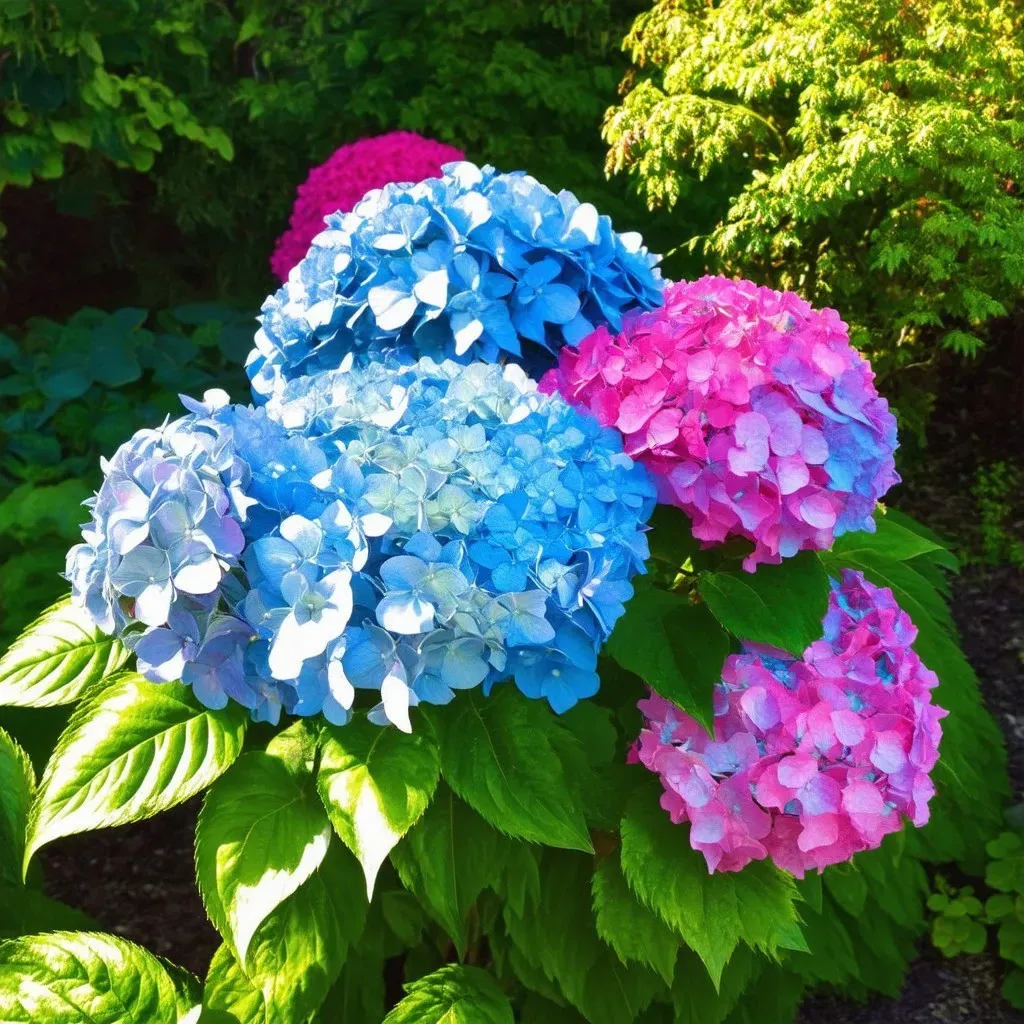
Signs Hydrangea is Dying
Recognizing the signs of a fading hydrangea can be the first step toward revival:
- Drooping Leaves: The leaves are not only wilting but might also be yellowing.
- Stunted Growth: The plant fails to produce new growth during the growing season.
- Foul Smell: A rotten scent indicates root rot from overwatering.
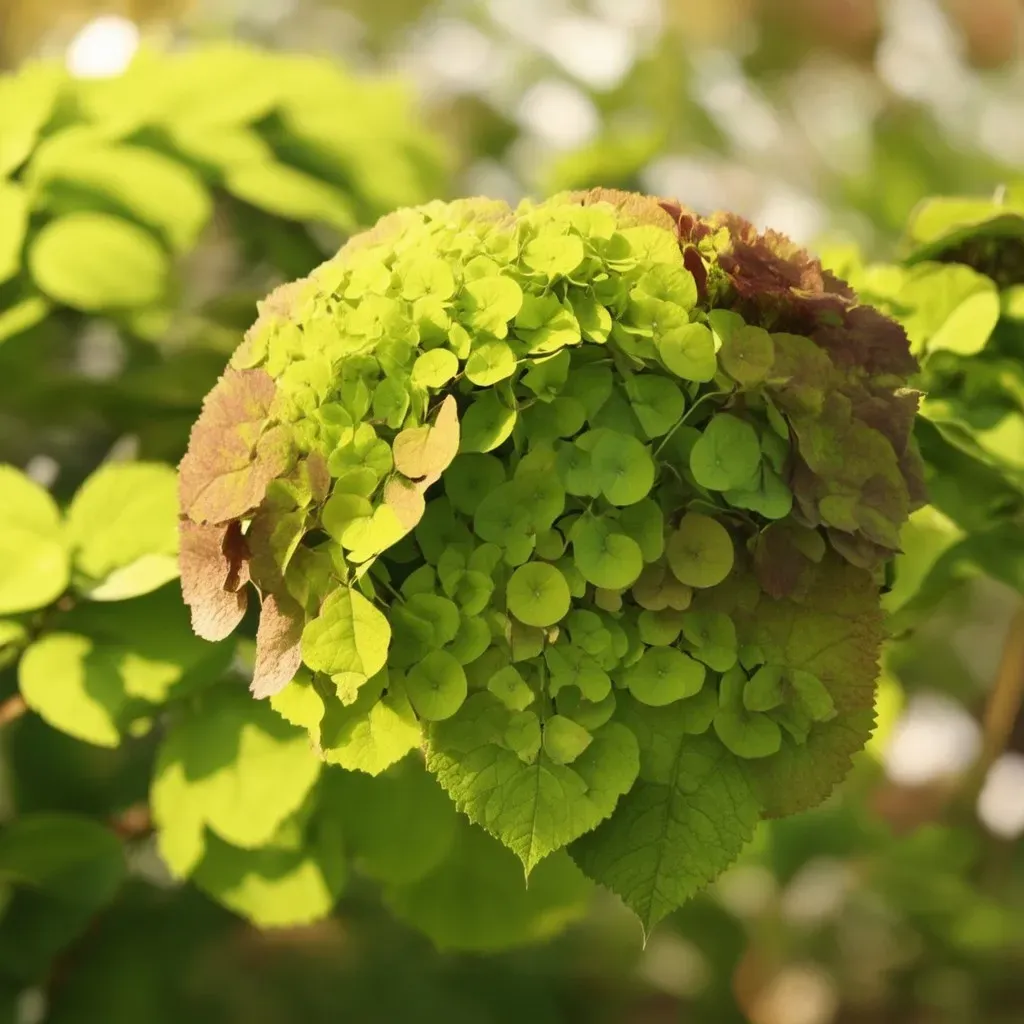
How to Revive Your Dying Hydrangea Plant
If you find yourself with a dying hydrangea plant, consider the following steps to bring it back to life:
1. Adjust Watering Habits:
- Check Soil Moisture: Use your finger to test soil moisture. If it feels dry, it’s time to water.
- Avoid Waterlogging: Ensure proper drainage to prevent rot.
2. Pruning:
- Cut back dead branches to encourage new growth. This allows the plant to focus its energy on the healthy parts of the plant.
3. Fertilize Sparingly:
- Use a balanced fertilizer, but only if required. Always adhere to the recommended amount to prevent over-fertilization.
4. Pest Control:
- Regularly inspect for pests. Use insecticidal soap if you notice infestations.
| Revival Steps | Description |
|---|---|
| Adjust Watering | Ensure appropriate watering & drainage |
| Prune | Cut back dead branches to stimulate growth |
| Fertilize Sparingly | Use balanced fertilizer as needed |
| Pest Control | Inspect and treat for pests |
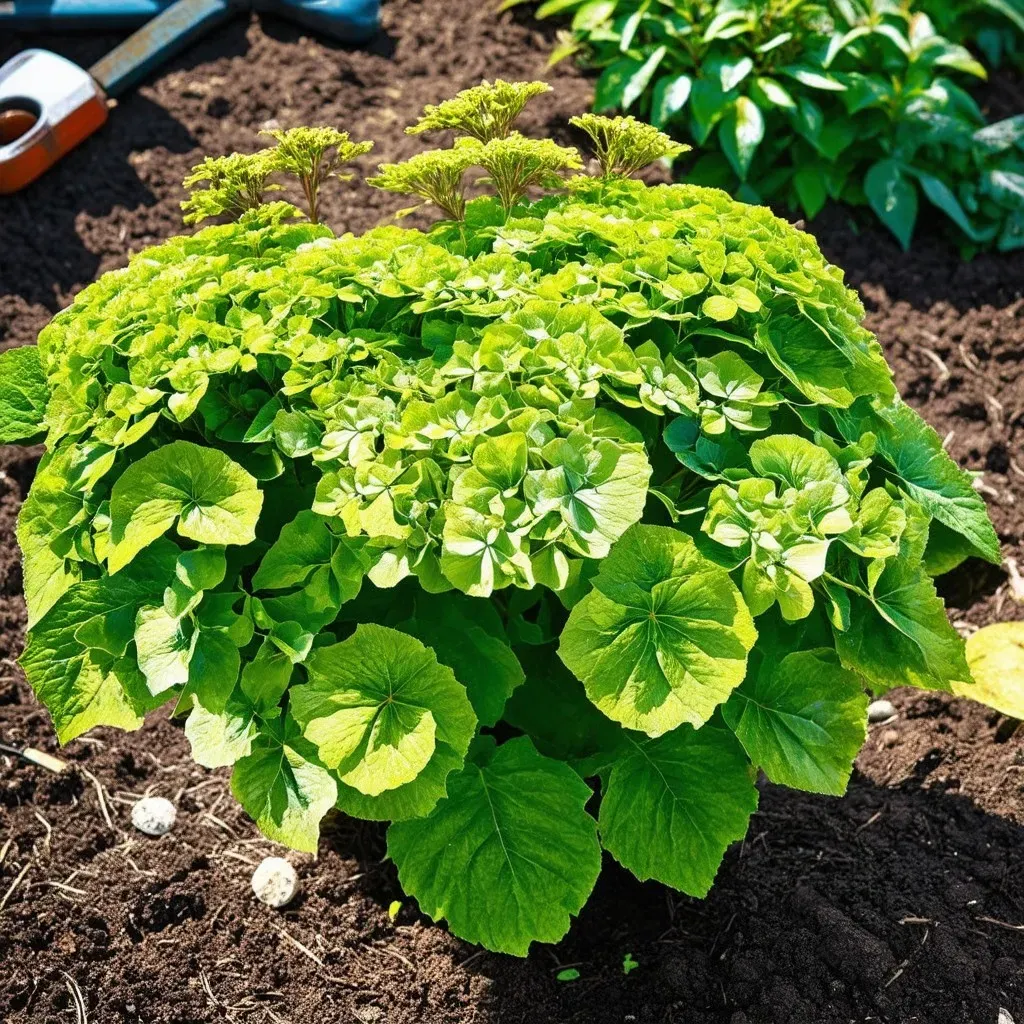
Seasonal Care for Hydrangeas
Hydrangeas often go dormant in the fall and winter months. Understanding their seasonal needs can improve overall health and resilience:
When Do Hydrangeas Go Dormant?
- Most hydrangeas enter dormancy around late fall. During this period, they require less water and no fertilizer.
When Will My Hydrangeas Come Back?
- Expect budding and new growth to emerge in early spring.
Key Maintenance Tips:
- Water appropriately during the growing season.
- Deadhead blooms to encourage more flowering.
- Protect from extreme weather conditions.
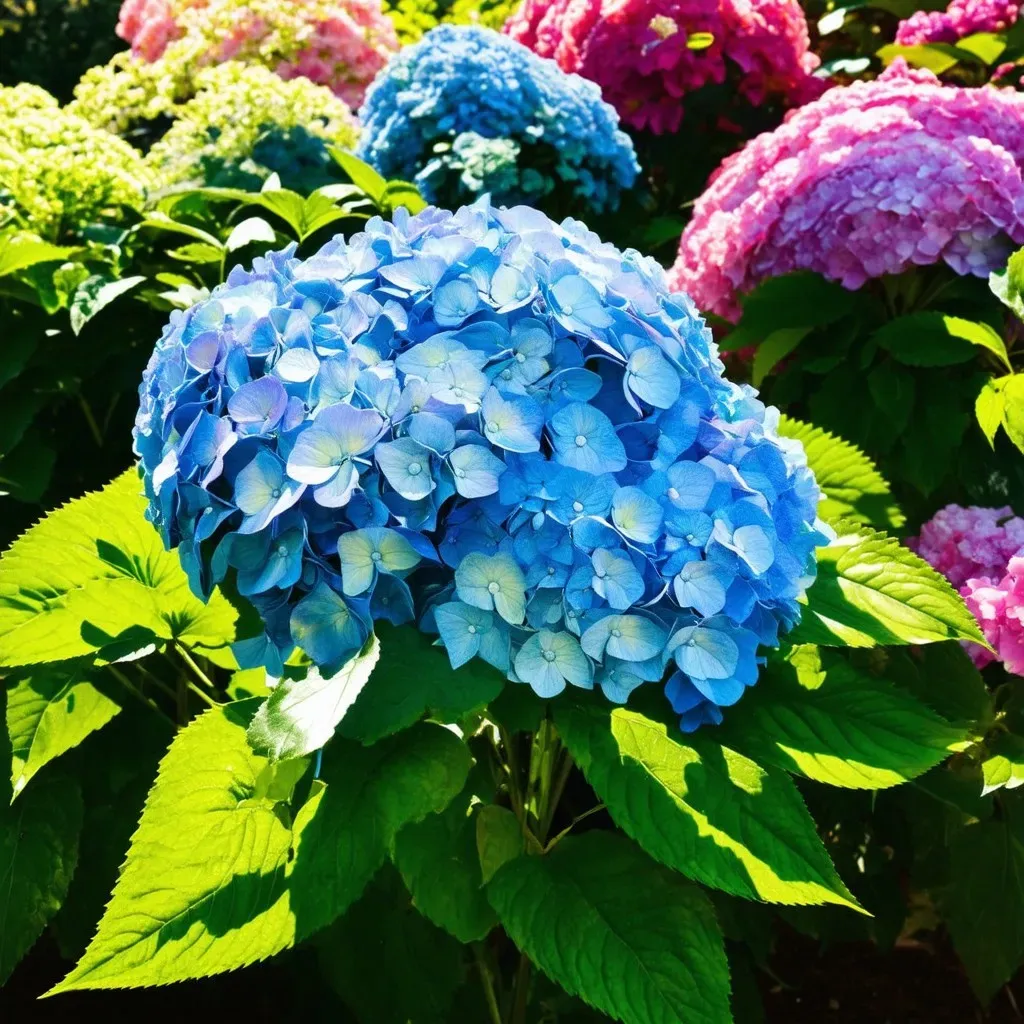
Frequently Asked Questions (FAQs)
1. Can hydrangeas come back after looking dead?
Yes, if the roots are healthy, there is a good chance that hydrangeas can revive themselves after looking dead.
2. How long do hydrangeas take to recover?
Recovery can vary; typically, you may see signs of revival within a few weeks to a few months, depending on the level of care and the condition of the plant.
3. Will my hydrangea bloom again next year?
If your hydrangea resumes healthy growth, it is likely to bloom in the next growing season.
4. What do dead hydrangeas look like?
They display dry, brittle branches with little to no leaves, and may also have discolored stems.
5. when do hydrangeas bloom?
Bloom times vary by variety but generally occur from late spring to early summer.

For more detailed guidance on reviving a dying hydrangea plant, you can refer to this Gardener Report article that provides actionable steps.
By understanding the causes behind a dead hydrangea plant and implementing appropriate steps, you can breathe new life into your beloved garden feature. Whether it’s adjusting your watering habits or properly fertilizing, these practical solutions will help ensure the vibrancy of your hydrangeas for years to come.

